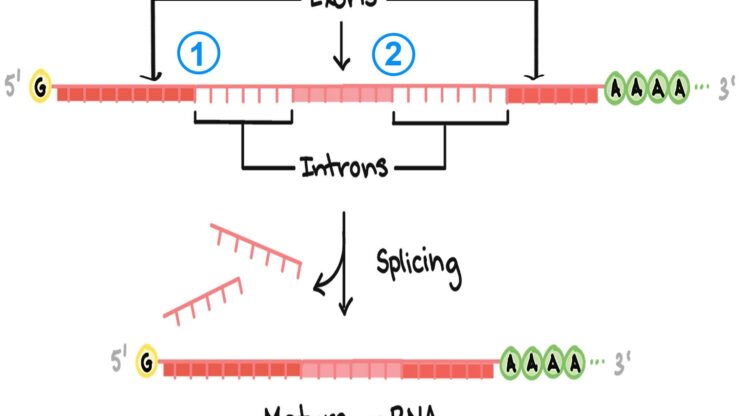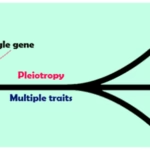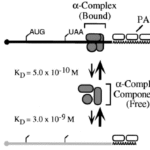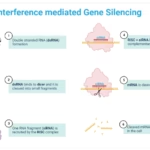During RNA splicing, the introns are precisely excised, and the exons are ligated together. The majority of nuclear pre-mRNAs are spliced constitutively; that is only one mature mRNA species is generated from a single pre-mRNA. However, alternative 5′ and/or 3′ splice sites are used during splicing, resulting in the production of more than one mRNA species from a single pre-mRNA. The production of different RNA products from a single transcript by changes in the usage of splicing junctions is described as alternative splicing.
Alternative splicing has been documented for many eukaryotic genes. The utilization of alternative 5′ and/or 3′ splice sites can result in structurally distinct mRNAs by either excluding potential exon sequences or incorporating otherwise noncoding intron sequences. For some pre-mRNAs, alternative splicing is a nonregulated event. For others, the choice of alternative splice sites is regulated in a tissue-specific manner.


Drosophila sex determination provides the best example of regulated alternative splicing. In Drosophila, the primary signal for determining whether the fly develops as a male or female is the ratio of the number of X-chromosomes to autosome sets.
Three crucial gene products are involved in transmitting information about this ratio to many other genes that specify male and female characteristics.
The genes are called sex-lethal (sxl), transformer (tra), and doublesex (dsx). The function of these gene products is to transmit information about the X-chromosome/autosome ratio to the many other genes involved in creating sex-related phenotypes.
Regulated alternative splicing during the expression of genes involved in sex determination in Drosophila:
The first gene that undergoes alternative splicing is sxl, whose transcript contains an optional exon that results in an inactive version of Sxl protein. Functional Sxl protein in females blocks the 3′ splice site in the first intron of the tra pre-mRNA. This results in an mRNA that codes for a functional Tra protein. In males, there is no functional Sxl, so the 3′ splice site is not blocked, leading to a dysfunctional tra mRNA. The resulting female-specific Tra protein is again involved in alternative splicing. Tra protein interacts with splicing factors and binds within an exon of a third pre-mRNA (product of the dsx gene). This results in the female-specific Dsx protein. The two versions of Dsx proteins are the primary determinants of Drosophila sex.

















